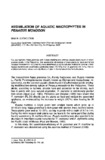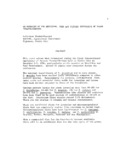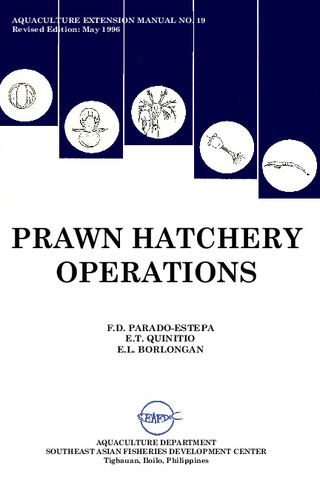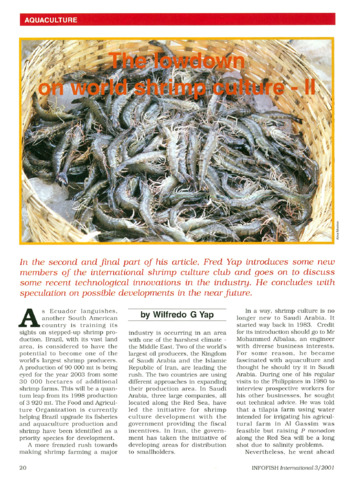Assimilation of aquatic macrophytes in Penaeus monodon
Share
ບົດຄັດຫຍໍ້
The macrophytes Najas graminea and Ruppia maritima are common aquatic plants found in brackishwater ponds in the Philippines. The assimilation efficiencies of these plants by male and female Penaeus monodon (30-40 g wet wt.) were determined using the ash-free method of Conover (1966). Ruppia maritima was assimilated significantly better (70-76%) than N. graminea (40-47%). The assimilation efficiency values were significantly higher in the female shrimp for both plants.
Suggested Citation
Catacutan, M. R. (1993). Assimilation of aquatic macrophytes in Penaeus monodon. Journal of Aquaculture in the Tropics , 8(1), 9-12. http://hdl.handle.net/10862/1408
ວິຊາ
Taxonomic term
Collections
- AQD Journal Articles [1249]
Related items
Showing items related by title, author, creator and subject.
-
An overview of the nutrition, feed and feeding techniques of prawn penaeid/shrimps
Piedad-Pascual, Felicitas (Philippine Council for Aquatic and Marine Research and Development, 1989)This paper echoes what transpired during the first International Conference of Penaeid Prawns/Shrimps held in Iloilo City in December 4-7, 1984, particularly on the Nutrition nd Feed Development. Around 25 papers were ... -
Prawn hatchery operations
Parado-Estepa, Fe D.; Quinitio, Emilia T.; Borlongan, Emeterio L. (Aquaculture Department, Southeast Asian Fisheries Development Center, 1996-05)The manual, an updated version of the 1984 SEAFDEC/AQD manual, presents the underlying principles and step-by-step instructions of prawn larval and post-larval rearing. The techniques described are not only applicable to ... -
The lowdown on world shrimp culture - II
Yap, Wilfredo G. (INFOFISH, 2001)This paper introduces some new members of the international shrimp culture club and goes on to discuss some recent technological innovations in the industry, particularly the polyculture of tilapia (mainly Oreochromis ...




